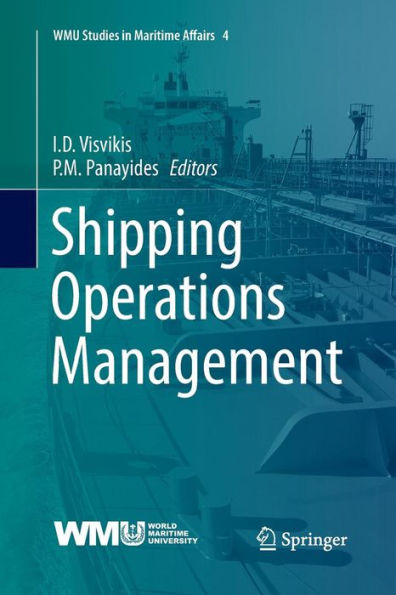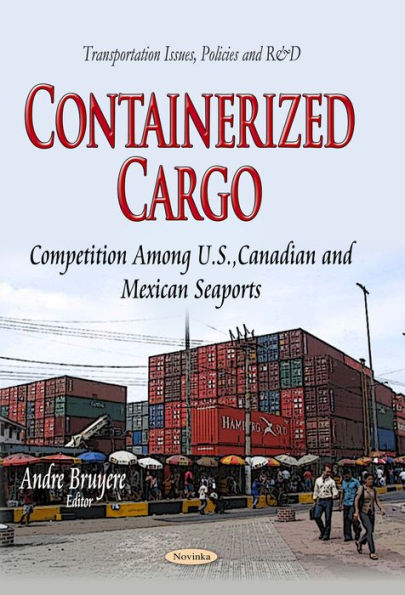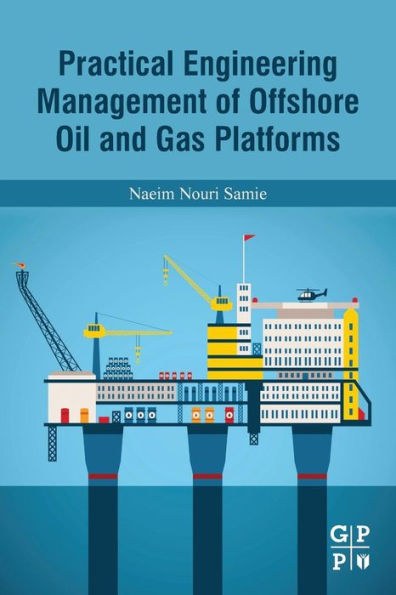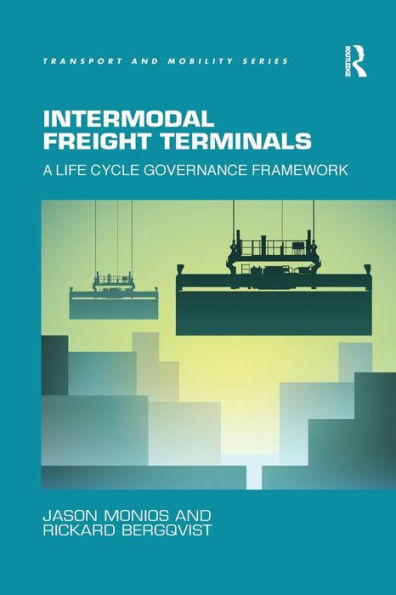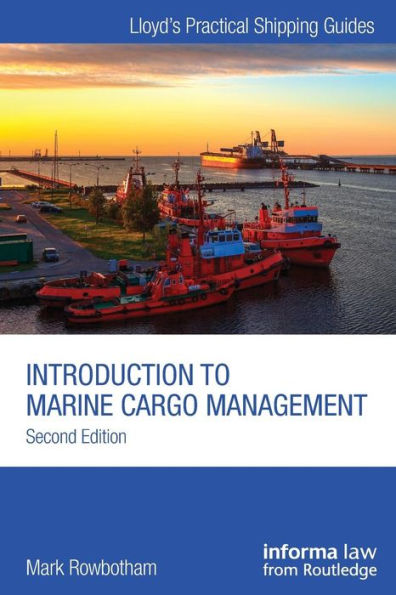Home
Seaside Operations Planning in Container Terminals
Loading Inventory...
Barnes and Noble
Seaside Operations Planning in Container Terminals
Current price: $109.99
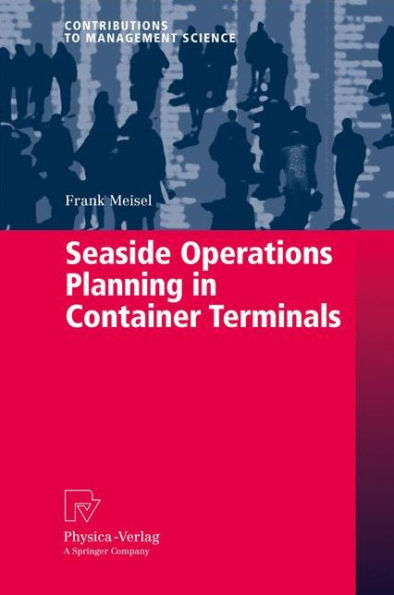

Barnes and Noble
Seaside Operations Planning in Container Terminals
Current price: $109.99
Loading Inventory...
Size: OS
*Product Information may vary - to confirm product availability, pricing, and additional information please contact Barnes and Noble
1. 1 Motivation and Scope of Research Container terminals in seaports constitute interfaces between sea and land tra- port of goods in global transport chains. These logistics facilities face an increasing demandof service capacity,as is re ected by a tremendousgrowthin the worldwide container transshipments per year. For example, the top 20 terminals in the world showed an average relative increase of 14% with respect to the number of handled container units from 2006 to 2007, see Port of Hamburg Marketing (2008). In spite of this development, competition is high among container terminals within the same region. A terminal’s customers, rst and foremost the vessel op- ators, expect a high level of service quality where reliability is one of the most importantdimensions,seeWiegmansetal. (2001). Regardingtheserviceofavessel, reliability means to realize all transshipment operations within its projected service time interval. The reliability of terminal operations impacts the reliability of v- sels in meeting their liner schedules. According to Notteboom (2006) unexpected waiting times of vessels before berthing and unexpected low transshipment prod- tivity at terminals are responsible for about 86% of liner schedule disturbances, see Fig. 1. 1. Currently, many terminal operators counteract this situation by extending their transshipment capacities. They build new terminals or enlarge existing ter- nals and purchase new or upgrade existing equipment. Ilmer (2005) provides an overview of current projects for building terminal capacity in northern Europe.
